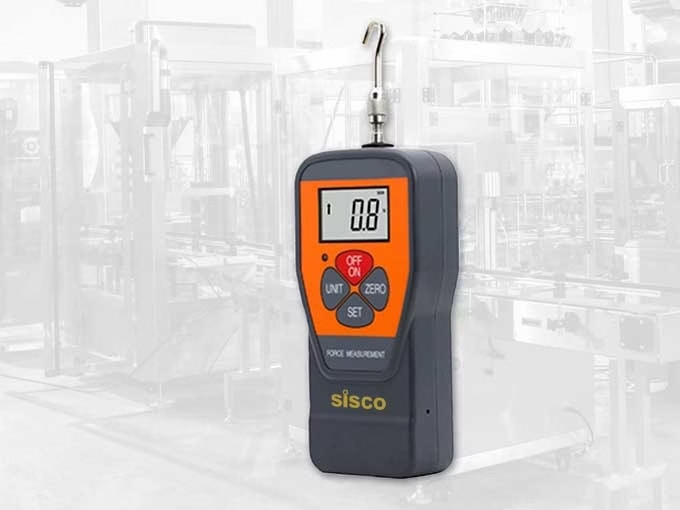The improper management of used cooking oils creates measurable environmental hazards while simultaneously wasting a potentially valuable resource with significant renewable energy applications. Environmental engineering assessments indicate a single liter of inappropriately discarded cooking oil can contaminate approximately 1,000 liters of water, disrupting aquatic oxygen transfer mechanisms and harming ecosystem function. Implementing environmentally friendly waste cooking oil disposal protocols transforms this problematic waste stream into valuable feedstock for biodiesel production, industrial lubricants, and emerging bioeconomy applications. This comprehensive analysis examines current best practices in cooking oil management across multiple contexts—providing practical guidance while exploring the environmental impacts, regulatory frameworks, and circular economy implications underlying responsible disposal decisions.
Environmental Impact Understanding
Waterway contamination represents perhaps the most immediate threat from improper disposal. When introduced into aquatic systems through drain dumping, cooking oil forms water-surface films that dramatically reduce oxygen transfer rates. Just one tablespoon dispersed across water surfaces can cover approximately 40-50 square meters, creating hypoxic conditions detrimental to aquatic organisms.
Sewer system impacts extend beyond simple clogs. Oils adhering to pipe surfaces gradually collect calcium deposits from wastewater, forming increasingly rigid masses. These accumulations (commonly called fatbergs) can reach massive proportions—London’s notorious 2017 discovery measured 250 meters long and weighed approximately 130 tonnes, requiring specialized removal equipment and weeks of excavation work.
Landfill disposal, while better than drain introduction, creates different problems. Cooking oils remain highly biodegradable, generating methane during anaerobic decomposition. Without proper methane capture systems, this powerful greenhouse gas (approximately 25 times more potent than CO₂) enters the atmosphere, contributing disproportionately to climate impacts relative to most food wastes.
Residential Management Protocols
Storage systems deserve careful consideration. Dedicated collection containers should feature wide openings (reducing spill risk during transfers) and secure closures preventing odor release and contamination. Glass containers generally outperform plastic alternatives, offering superior thermal stability during hot oil transfer while resisting degradation from fatty acids present in aging oil.
Temperature management significantly impacts storage quality. Allow oil to cool partially before transfer—still liquid but below 150°F (65°C). Never refrigerate before disposal; the resultant solidification dramatically complicates later transfer while creating expansion risks potentially damaging containers.
Separation techniques improve recycling potential. For mixed oil and grease collections (like pan drippings), utilize freezer separation—place collection containers in freezers until fats solidify, then remove solid portions with slotted spoons for separate disposal. The remaining liquid typically contains minimal oil and can safely enter normal wastewater systems.
Commercial System Implementation
Volume analysis should precede system design. Operations generating under 20 gallons weekly typically manage effectively with collection drum systems, while higher-volume operations benefit from installed rendering tanks with pump-out capacity. For multi-tenant facilities like food courts, centralized collection systems with access controls prevent cross-contamination and ensure accountability.
Staff training represents a critical success factor frequently overlooked. Effective programs include standard operating procedures addressing transfer techniques, spill management protocols, and contamination prevention. Visual reference guides posted near collection points significantly improve compliance, particularly in operations with high staff turnover.
Temperature management requires particular attention in commercial settings. While still-hot oil flows more effectively into collection systems, excessive heat damages many storage containers and creates workplace safety hazards. Implement mandatory cooling periods or temperature verification steps before transfer to collection vessels.
Recycling System Navigation
Collection service evaluation should consider several factors beyond simple pricing. Request processing transparency from service providers—reputable companies willingly disclose end-product destinations and processing methodologies. Verify environmental credentials through certification programs like Sustainable Biodiesel Alliance or BQ-9000 participation.
Self-transport options exist for operations without collection service access. Many rendering facilities accept direct deliveries, though minimum quantity requirements typically apply (often 5+ gallons). These facilities generally require appointment scheduling and specific container requirements—typically sealed, spill-proof vessels labeled with content information.






